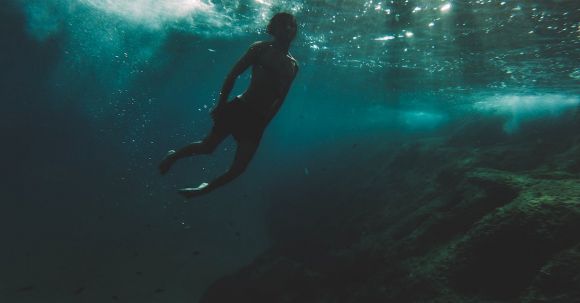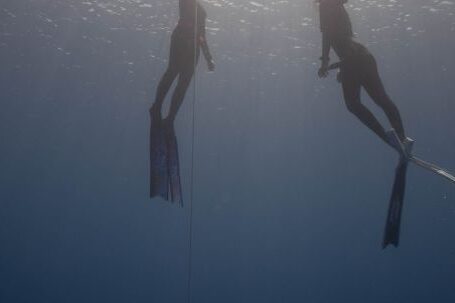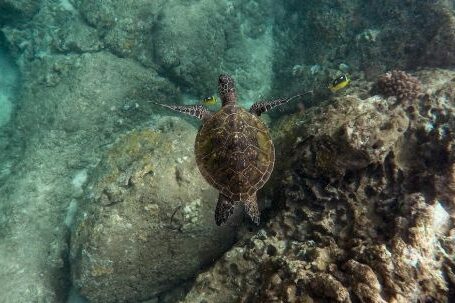Capturing the vastness and depth of the underwater world can be a challenge for photographers. Without a frame of reference, it’s difficult for viewers to understand the scale of the subjects within the photograph. However, with some creative techniques and thoughtful composition, you can effectively convey scale in your underwater photography. In this article, we will explore some tips and tricks to help you achieve this.
Choosing the Right Subjects
One of the first steps in conveying scale in underwater photography is choosing the right subjects. Look for large or recognizable objects that can act as reference points in your image. This could be a diver, a shipwreck, or even marine life such as a whale or a manta ray. By including these subjects in your composition, you provide viewers with a sense of scale and help them understand the size of the surrounding environment.
Utilizing Perspective
Perspective plays a crucial role in conveying scale in underwater photography. By adjusting your position in relation to your subject, you can create a sense of depth and size. Experiment with different angles and distances to find the most effective perspective. For example, shoot from below to make your subject appear larger and more imposing, or shoot from above to emphasize the vastness of the surrounding environment.
Using Divers as Scale References
Incorporating divers into your underwater photographs can instantly convey scale. By placing a diver next to a large subject, such as a coral reef or a school of fish, you can highlight the size difference and create a sense of awe. Additionally, capturing a diver in the distance can help viewers understand the vastness of the underwater world. When photographing divers, make sure they are properly positioned and well-lit to ensure they stand out in the image.
Playing with Light and Shadow
Light and shadow can be powerful tools in conveying scale in underwater photography. By utilizing natural light or artificial lighting techniques, you can create contrast and depth in your images. Experiment with different lighting angles and intensities to highlight the size and texture of your subjects. For example, backlighting can create a halo effect around a large subject, making it appear more majestic and grand.
Including Foreground and Background Elements
Incorporating foreground and background elements in your composition can also help convey scale. By placing smaller objects or marine life in the foreground, you create a sense of depth and size in relation to the main subject. Additionally, including the surrounding environment in the background can provide viewers with a reference point and a better understanding of the scale. Experiment with different compositions to find the most effective combination of foreground and background elements.
Post-processing Techniques
Post-processing can enhance the sense of scale in your underwater photographs. By adjusting the contrast, saturation, and sharpness, you can bring out the details and textures of your subjects. Additionally, cropping or resizing the image can help emphasize the size difference between the subject and the surrounding environment. However, it’s important to maintain a balance and avoid over-processing, as it can lead to an unnatural or unrealistic appearance.
In conclusion, conveying scale in underwater photography requires careful consideration of subjects, perspective, lighting, and composition. By choosing the right subjects, utilizing perspective, incorporating divers, playing with light and shadow, including foreground and background elements, and using post-processing techniques, you can effectively convey the vastness and depth of the underwater world. Remember to experiment and be creative with your approach, and most importantly, have fun capturing the beauty of the underwater realm.





